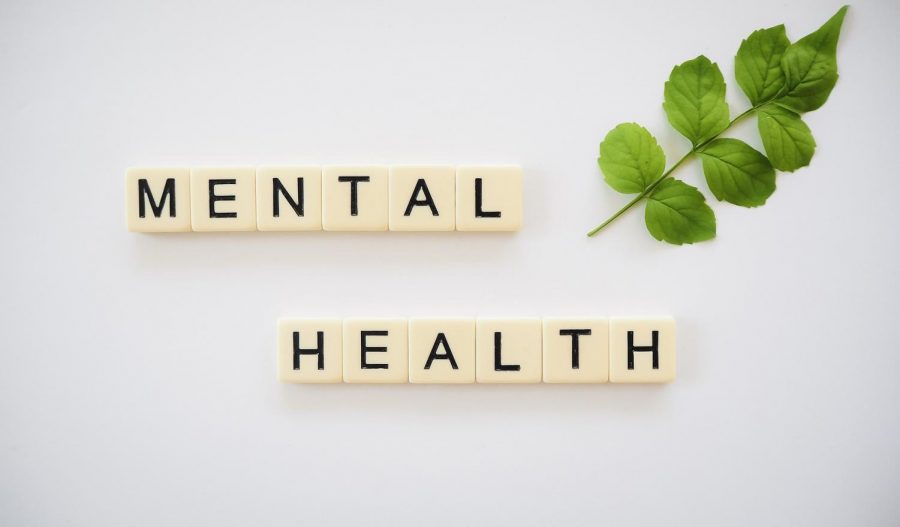The Stigma of Mental Illnesses
October 18, 2020
In 2017, it was estimated that 792 million people suffer from some kind of mental or substance disorder; that is about 10.7% of the total population on Earth. Despite the high percentage of those affected and the recent push towards openness regarding mental illnesses, there still seems to be a taboo nature surrounding the topic. In fact, studies have suggested that every one in four people see depression as a sign of fragility, and about the same ratio reported that they would not tell anyone about their depression if symptoms presented themselves. Most experts and those affected by mental illnesses blame this on something called stigma, while others simply don’t think ‘stigma’ is the right word, and others, albeit few, do not believe stigma is relevant in the 21st century. Although highly debated, that leads us to the question: What is stigma, and is stigma still relevant today?
Many experts believe that stigma is a substantial factor in how society views mental illnesses, specifically the people who suffer from them. According to the Government of Western Australia Department of Health, stigma is “when a person is labeled by their illness [and they are] no longer seen as an individual but as a stereotyped group”. The same organization also claimed that three-fourths of the mentally ill will or already have dealt with stigma in relation to their illness in their lifetime.
A study done by Mental Health America (MHA) showed that 43.7 million Americans have mental health issues and only one-fourth of these Americans will get the help they need. As said by Marina Olson, an employee at MakeitOk.org, “Society has always viewed mental illness as a sign of weakness”, which is why experts believe that this is why so many people will not get the help they need. Furthering this belief, a study done by the U.S Department of Health and Human Services concluded that people with severe mental illnesses are 10 times more likely to be victims of violence when compared to the rest of the population despite another study showing that one-fourth of U.S. civilians believe that schizophrenics are minacious. This study perfectly encapsulates the stigma surrounding schizophrenia; approximately a fourth of the U.S. assume that 20 million people (worldwide) are violent and dangerous simply because they have a mental illness. Although stigma seems to be the most widely accepted culprit behind the negative associations surrounding mental illnesses, some see stigma a little differently.
This second way of looking at stigma and mental illnesses suggests that by saying that stigma is the cause for society’s general feelings towards mental illnesses, we are accepting it and all of the feelings that come with it instead of rejecting it. According to the strict Greek definition, “a mark of disgrace or infamy, a stain or reproach, as on one’s reputation” and the medical definition, “mark that is a characteristic of a defect or disease”, accepts that stigma is the problem within society and is “hardly progressive”. This point of view also believes that discrimination, or rather bigotry, is to blame rather than stigma itself. This also offers the option of fixing the negative feelings towards mental illnesses by changing and educating our society as a whole when it comes to mental illnesses. They suggest that we should place no blame on anyone or ourselves, and instead to work to improve society as a whole. Similarly to the last point of view, this next belief is that stigma is also not the right word, but because it does not exist.
Although there are few, some experts believe that stigma simply does not exist anymore. According to this belief, stigma is something that affects someone with a mental illness internally and is not an external factor. These people believe that if one simply decides that stigma is not a factor and that there is nothing wrong with having a mental illness, then they could rid themselves of stigma. Some believe that spreading stigma awareness actually does more harm than good. They believe that stigma awareness “hides” the most mentally ill and encourages “people with mental illness[es] to substandard medical care”. Although, this point of view offers an alternative to what causes all the negative feelings towards mental illnesses: discrimination and prejudice. According to DJ Jaffe, Executive Director of Mental Illness Policy Org, companies and organizations should not focus on spreading awareness for mental illnesses but instead focus on fixing and correcting harmful policies that can cause discrimination, or even be discriminatory.
As a whole, we’ve come a long way since the Mental Health System Act of 1980 was put into place 40 years ago, finally providing mental health hospitals with the funding they need to properly provide care for their patients. It was also around this time that shock therapy was starting to be frowned upon when treating people with serious mental illnesses. In the decades following these developments, more and more people have come forward to share their mental health journeys, experiences, and struggles. As a result, more people are stepping forward and receiving the help that they need.
Whether stigma is to blame for the negative perceptions or plain prejudice is still up for debate. Regardless, one thing is crystal clear to all experts and affected alike: there are still negative presumptions around mental illnesses and it persists to affect those mentally ill today. Despite the progress made since the 80s, we need to continue taking steps towards a fair and equal future for everyone, especially those who suffer with mental illnesses.





















































































































































